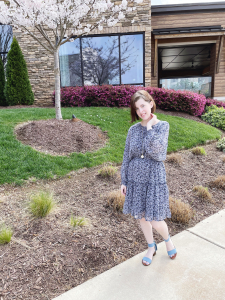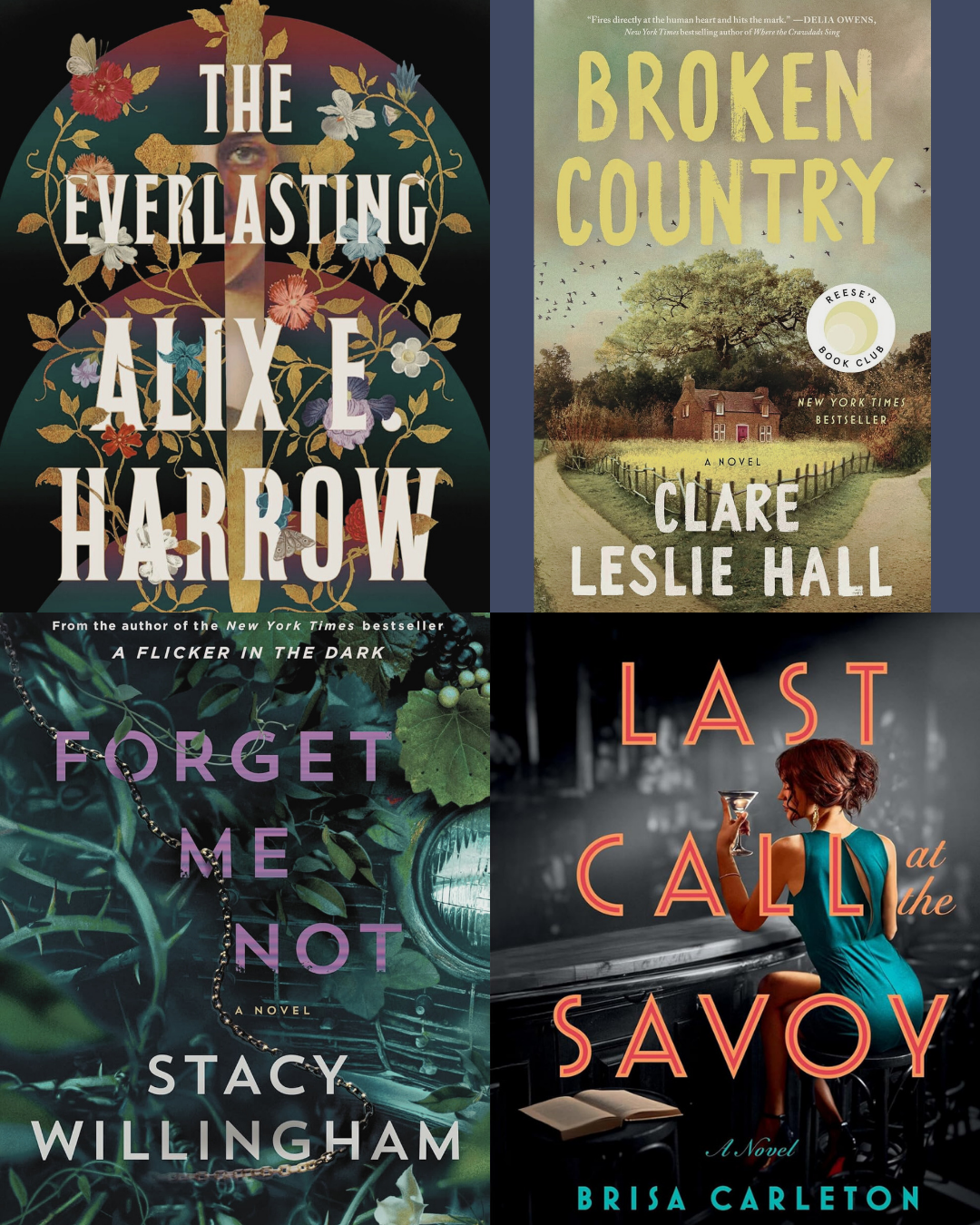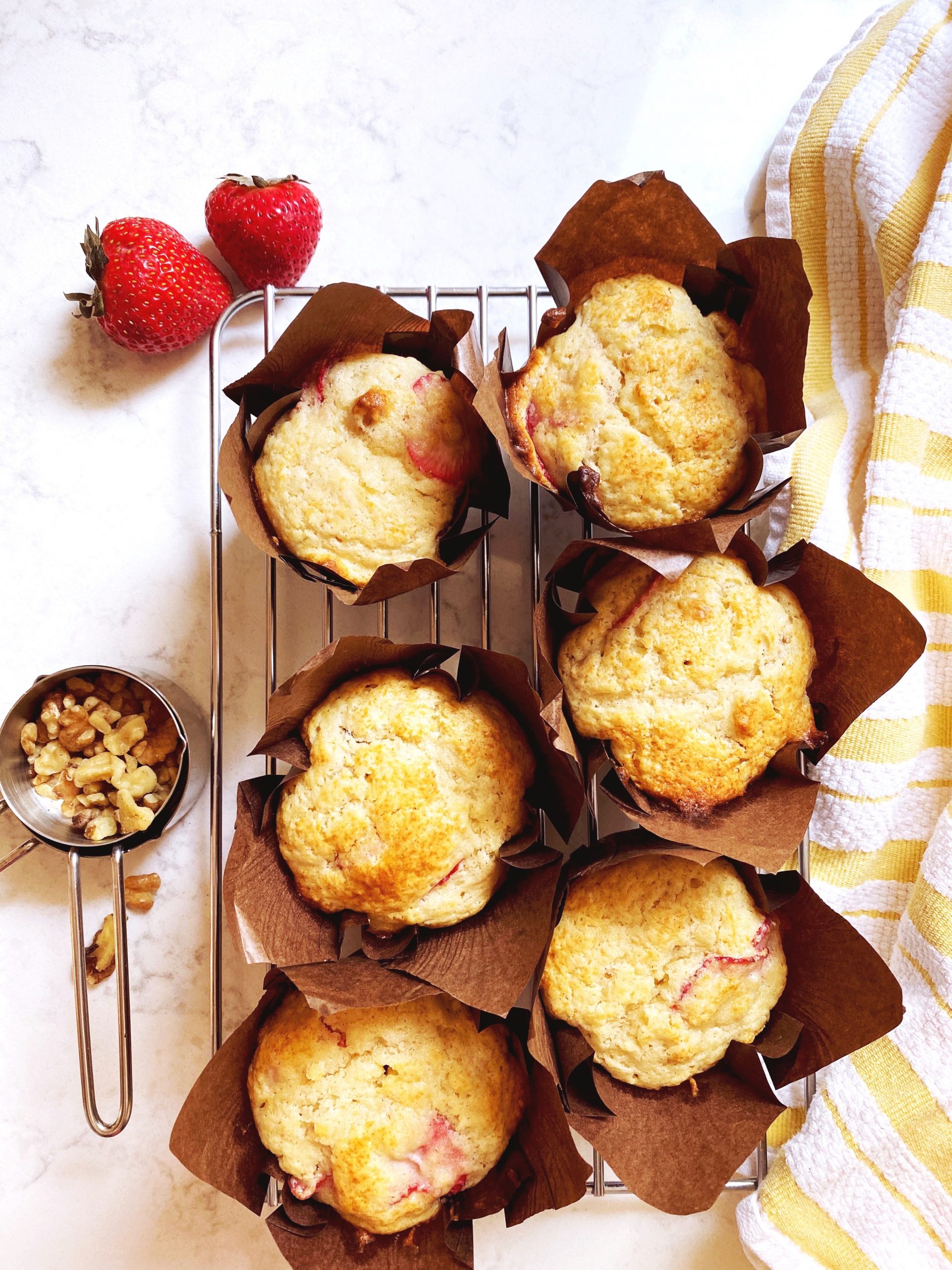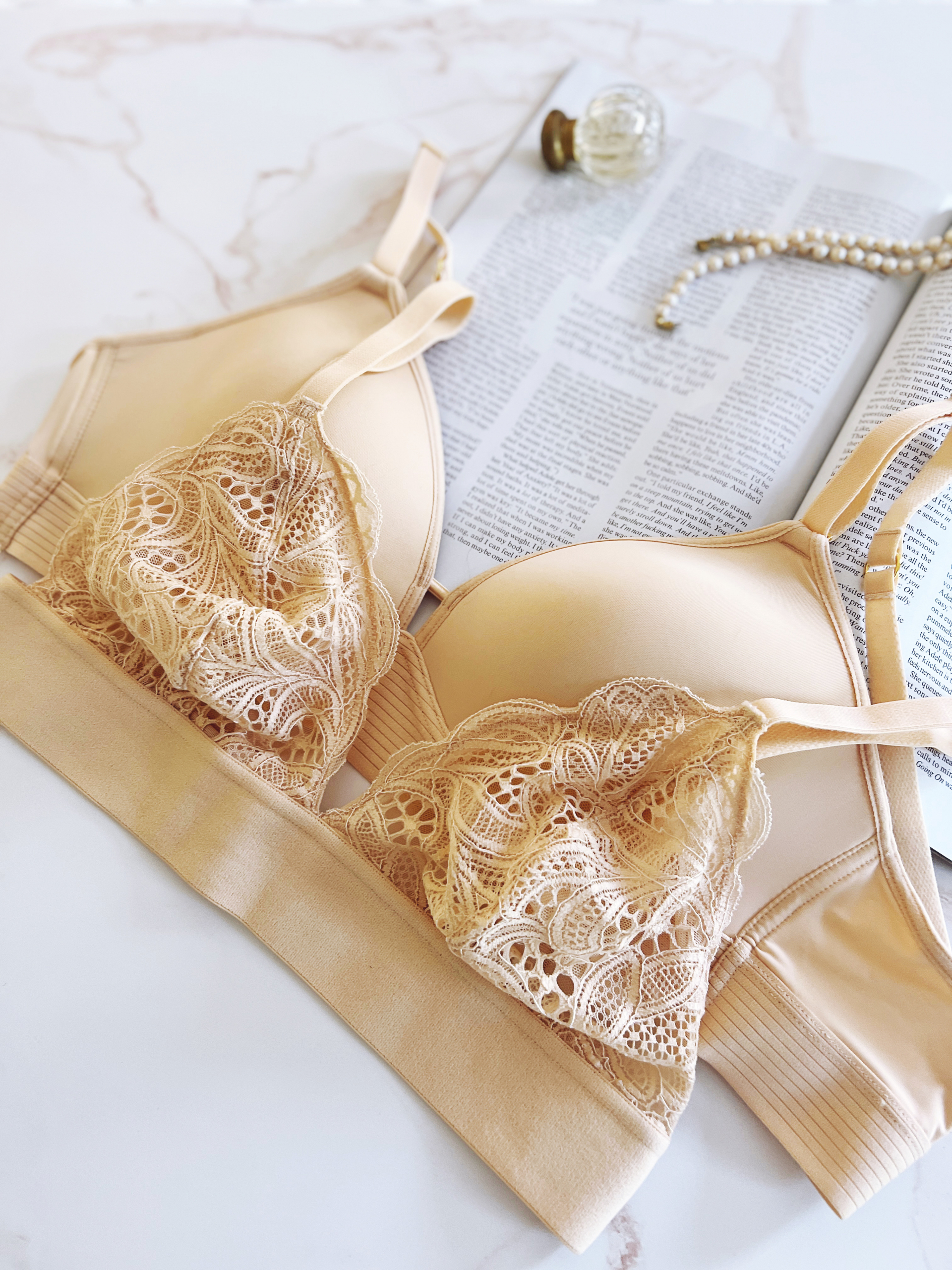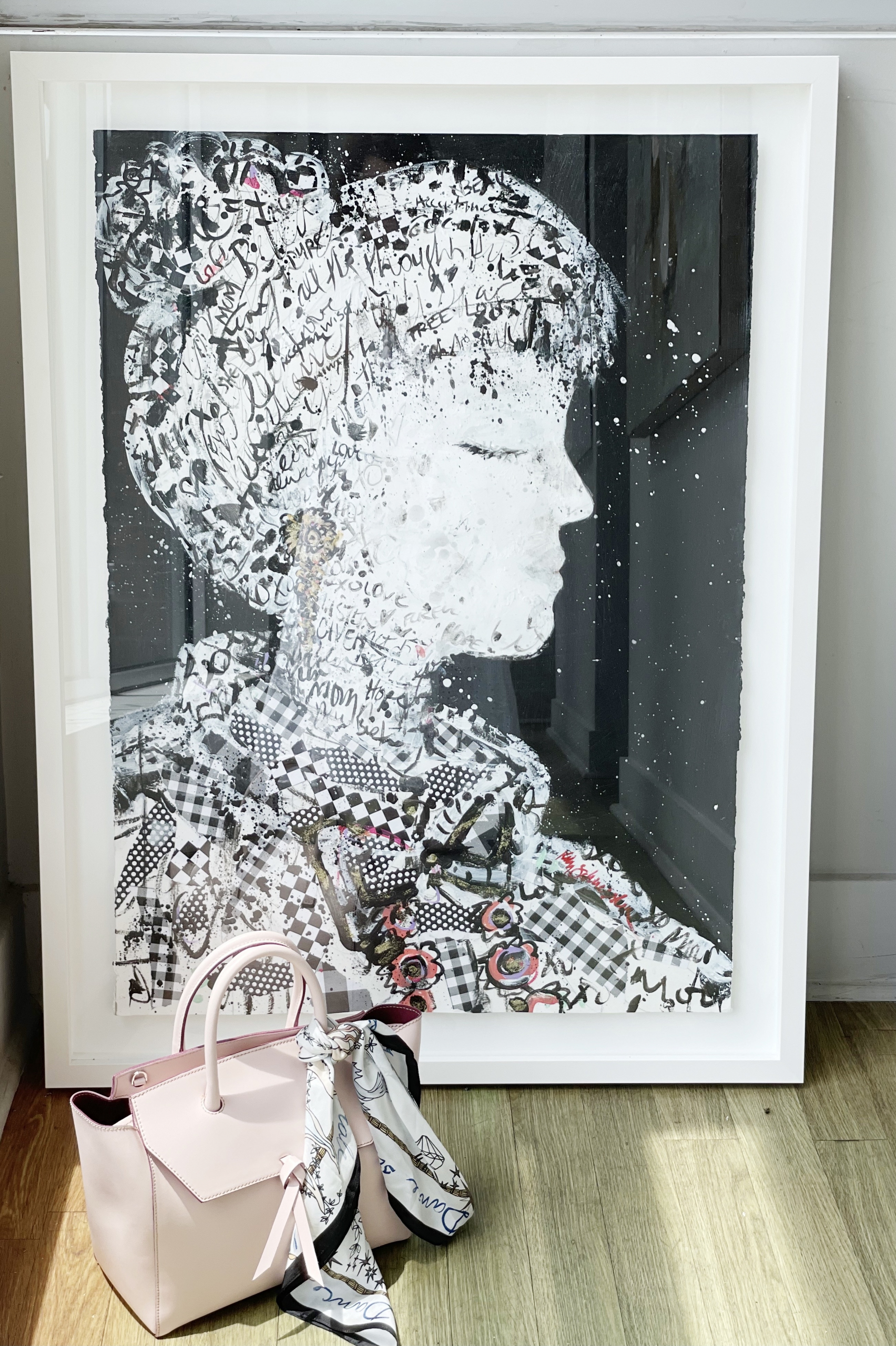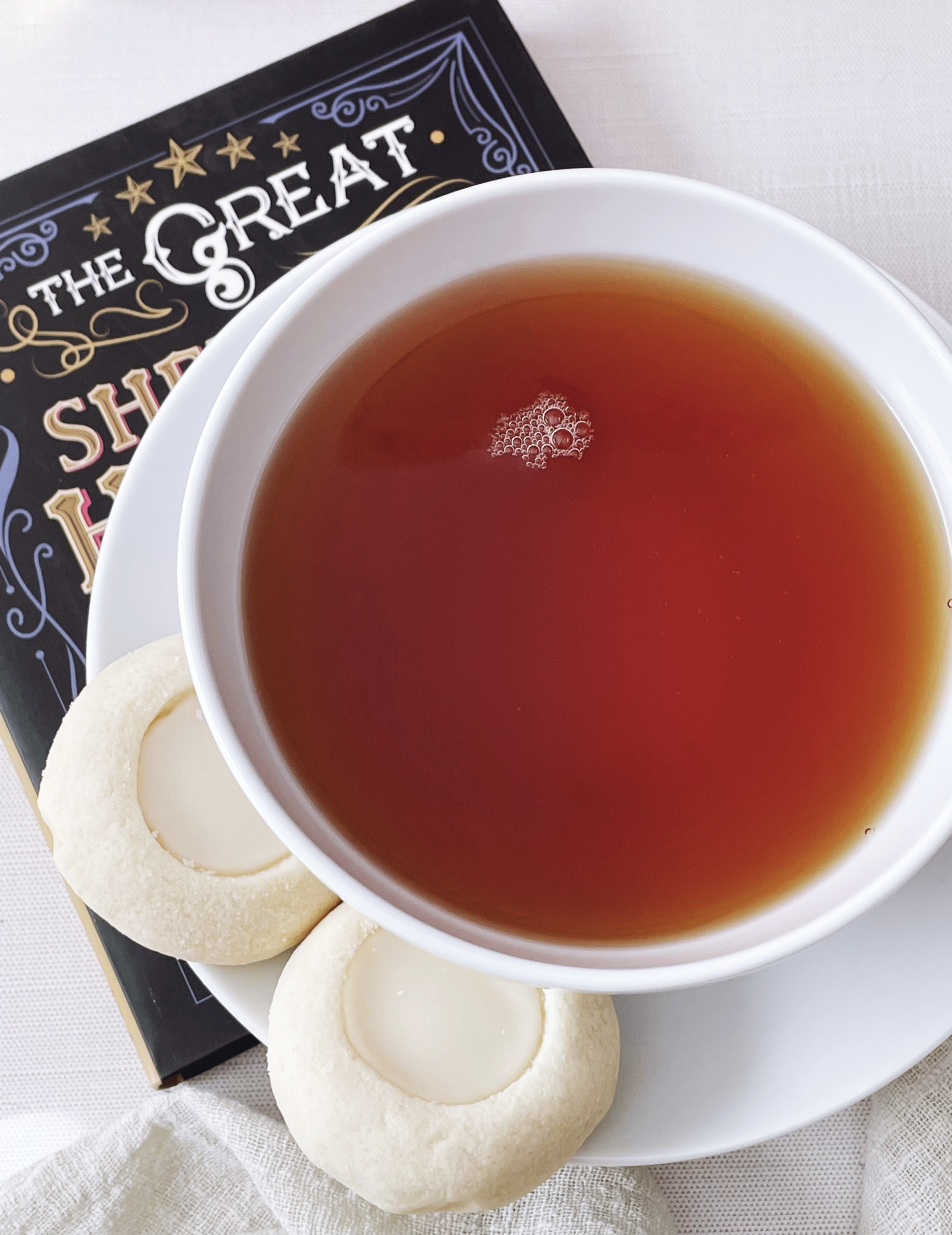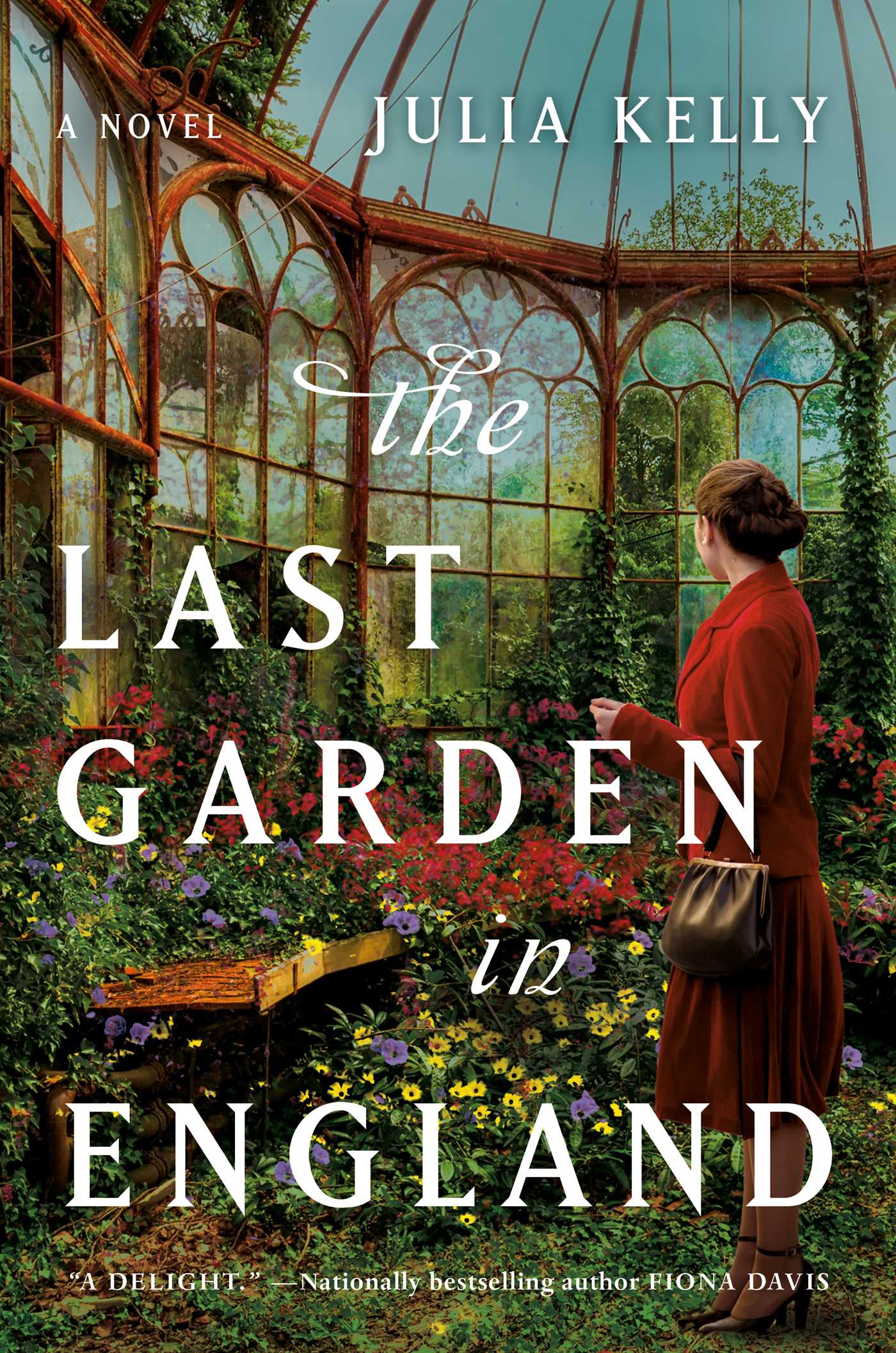
This novel had my attention from the very first sentence. Julia Kelly expertly weaves together the stories of three women; Emma Lovett in the present day who dreams of bringing the gardens of Highbury House back to their former glory, Venetia Smith the original creator of the garden and Beth Pedley a land girl in 1944 who dreams of having a home of her own. I found myself drawn into their worlds and wondering with each turn of the page how they would end up.
In this interview Julia shares about her research process, which (past) time period in the book she could imagine herself spending a day in, and a sneak peek at her next book coming out later this year.
When did you first come up with the storyline for The Last Garden in England?
I’ve always been drawn to gardens because I grew up following my father, who is a talented amateur gardener, around our yard with a trowel in hand. At some point over the years I got stuck on this idea of telling a story about a series of women from different times who are all connected through a single garden. I didn’t know what to do with it until one day I was speaking to my agent about pitches and threw it out as an afterthought. She immediately fixed on it, and twenty minutes of conversation later I had talked out a rough outline on the phone to her.
Did you do extensive research into the historical time periods of the novel, and if so what was one of your most treasured finds during the research process?
I always approach writing historical novels with a research-first mindset. If I don’t feel the story is grounded in the time period, I often find that it’s difficult to get into a good flow with writing the book. For The Last Garden in England, I had the added challenge of researching two time periods! For 1907, I knew that I had to get as much of the gardening in Venetia’s story as possible right, so I did a lot of research into which rose varieties would have been available in 1907, as well as the crossbreeding of roses.
In 1944, I had some previous knowledge to draw on having written The Light Over London and The Whispers of War, however I found old pamphlets with rationing recipes hugely helpful for writing Stella, who is a cook. While writing Beth, a land girl, I found a facsimile copy of the Women’s Land Army handbook for recruits that was invaluable for everything from understanding the work the women were expected to do on farms to some of the injuries and difficulties they might have experienced when doing manual labor for the first time.
Is Highbury House modeled after a house or houses that you’ve visited in England?
The gardens at Highbury House are modeled on the grand gardens of Hidcote Manor, which makes its own appearance in the book. I wanted to create garden rooms and themes to Venetia Smith’s plantings, lending the garden even more significance to her story. I also drew on my visits to Upton House and Kiftsgate Court while I was doing early research.
How much of the book did you plan out before you first started writing?
I always have a good sense of who my characters are and what they want. Usually that is written down in a rough character sketch, but I leave room to add and change things as the book emerges.
I don’t outline, but I do work off of a synopsis. Usually this is between three and seven pages long, although the different woven timelines in The Last Garden in England meant it was even longer! I find that working off of a synopsis gives me enough direction but leaves plenty of room of creativity while writing the first draft.
The novel centers around women living in three different timelines (present day, 1907 and 1944) and the five women whose lives are touched by the gardens at Highbury House. What was it like weaving together the storylines of each of the women?
It was tricky! When I write books with two timelines, I’ll often draft the book in order, weaving the stories back and forth as I go. However, The Last Garden in England had the added complexity of a third timeline. I realized very quickly that I was likely to struggle to keep things straight in my head so I decided to write each part separately and then weave them together. It made it much easier to write the complete story for each character and then make sure the continuity of the book made sense.
If you had to pick one of the women from the book who most reminds you of yourself, who would it be?
That’s such a tough question because I’m likely a combination of all of them if I’m being honest! In particular, I’d like to think that I have Beth’s need for community and home with a dash of her adventure, and I also hope I have a bit of Diana’s toughness about me too. I really admire her and the journey that she goes through during the book.
If you could spend the day in 1907 or 1944, which one would you pick, and how would you spend your day?
I think I would pick 1944. Living in London now, I find it almost impossible to imagine what life would have been like then, especially for women in the auxiliary branches of the military.
You’ve had quite an exciting year with The Last Garden in England coming out and starting your own garden in London. Where is your favorite place to write in your new home and what are some of the flowers/plants you’ve added to your current container garden?
It has been exciting! Things are finally really starting to warm up here, so I’ve been out in the garden every moment I can be, even if that just means writing at the garden dining table. My favorite place, however, would probably be the blue garden bench that’s under an arbor of the same color. It’s at the far end of the garden next to the pond, and it’s the perfect place to read on a sunny day.
What is the best part about meeting readers of your work either in person or virtually?
I really love meeting readers, and having a digital book tour has been a wonderful way to celebrate the release of The Last Garden in England this year! I’m always impressed with the thoughtfulness of the questions readers asked, but if I’m honest my favorite thing is getting to talk about books with other people. Long before I was a writer, I was a reader. I don’t think I’ll ever lose that love of talking about books with other readers.
Are you currently working on your next novel, and if so can we get a sneak peek?
I am! I’ve just handed in the edits for my next book, The Last Dance of the Debutante, which comes out in December. It follows a young woman named Lily, who is one of the last debutantes to be presented to the Queen in 1958. Pressured into doing the Season because of her family, the people she meets and friendships she makes during the Season start her questioning whether she wants to follow the very clear path her mother and grandmother want for her, but it isn’t until she learns a devastating family secret that she finds out the person she’s meant to become.
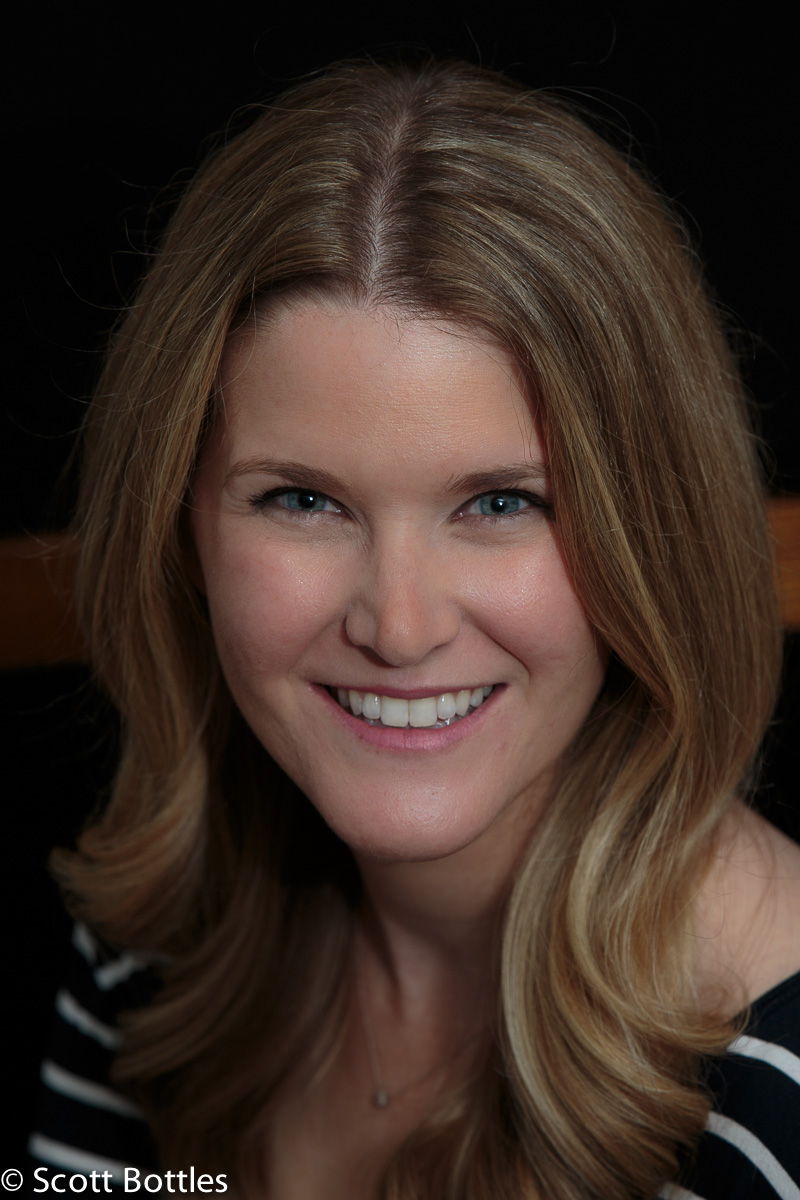
Pick up a copy of The Last Garden in England.



